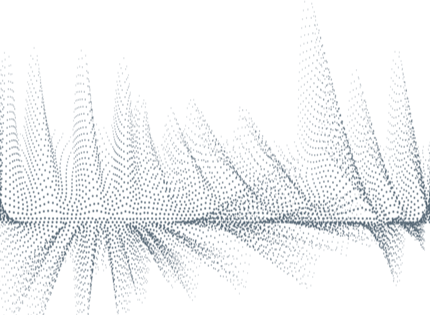Research Groups
Job opportunities
There are currently no job offers in this section.


Localization has achieved great attention in 5G networks, and was strongly pushed by the 3rd Generation Partnership Project (3GPP) for
standardization. This area of innovation thrives: according to market research studies, the market size of Location-Based Services (LBS) is
expected to grow at a Compound Annual Growth Rate of 17.6% during the period 2022-2027.
Location is now one of the most active areas of standardization in 3GPP, and new releases of the standards promise to further enable new
techniques for accurate and fast positioning toward 6G networks. In parallel, higher spectral bandwidths will provide better range resolution
for processing received signals reflected off objects, thus enabling precise environmental sensing and localization. Finally, Machine
Learning (ML) and artificial intelligence are playing an increasing role in 5G, and are expected to play an even greater role in 6G networks.
Localizing and sensing 6G terminals, people and things accurately and reliably will allow network operators to design innovative services
for new stakeholders. At national level, the strategic line “Internet de la próxima generación” will greatly benefit from advancing the
knowledge in location, sensing, and analytics for developing future cellular networks.
Despite the large standardization effort and expectations for future cellular generations, the lack of experimental studies in cellular location
and sensing limits the scientific impact and innovation in this area. 6G-ELSA aims to fill this gap, studying the key scientific and
technological enablers of future cellular network for location and sensing-based analytics. 6G-ELSA will provide an end-to-end integrated
platform for enhanced localization and sensing. To this end, departing from currently available 5G software, 6G-ELSA will make holistic
contributions at all layers of the protocol stack, from the core network all the way down to the physical layer in the radio access, providing
analytics for external stakeholders.
In order to advance the knowledge and foster adoption of the developed results, the research and development of the project will be driven
by an important example use case that we expect in future cellular networks on localization and environment sensing for fine-grained
human activity recognition and new user interactions.
The project consists of two Scientific and Technical (S&T) work packages, one on architecture, use cases and demonstrations, and one on
management. The research methodology of the project is set up as follows: i) the research will be performed on key S&T enablers
identified at the time of the proposal and that we will address in WP1 and WP2; ii) all the research in the project will be related to common
reference architecture and use case on human activity recognition, identified and used by all research domains; iii) selected technology
components developed during the project will be integrated in proof-of-concept demonstrations (in WP3): we will integrate the different
components under a single 5G-NR open platform and demonstrate the potential of 6G for sensing and positioning services. We will test
individual components first in isolation and then we will validate the integrated platform as a whole as indicated in the implementation plan.
This project PID2022-136769NB-I00 is funded by MICIU/AEI /10.13039/501100011033/ and by the ERDF, EU.

There are currently no job offers in this section.